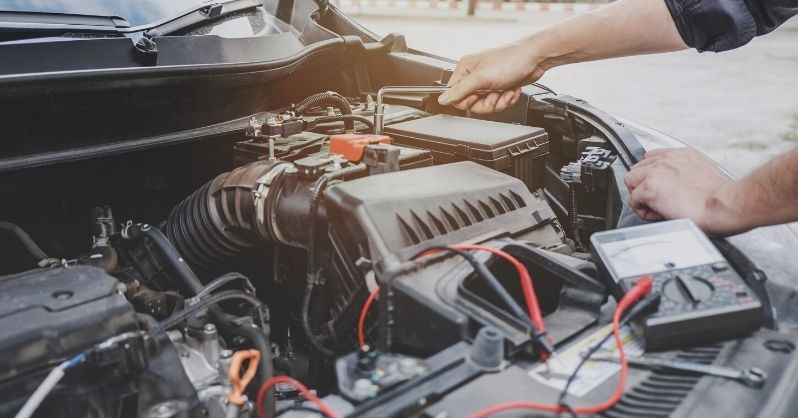Introduction:

Image: roadweekly.com
Imagine your car stuttering and sputtering as you press down on the accelerator, leaving you stranded on the side of the road. At the root of this common automotive ailment lies a phenomenon known as a misfire, an event that occurs when one or more cylinders in your engine fail to ignite properly, causing a distinct shaking or loss of power.
Misfiring not only saps your car’s performance but can lead to more severe engine damage if left untreated. Understanding the causes and implications of a misfire is crucial for every car owner who values their vehicle’s health and their own safety on the road.
Diagnosing the Misfire
Pinpointing the exact cause of a misfire requires a skilled mechanic who can meticulously inspect your engine and identify the underlying culprit. Common causes of misfires include:
-
Faulty spark plugs: Worn spark plugs can lead to weak or intermittent sparks, hindering proper combustion.
-
Ignition coil issues: An ignition coil that is malfunctioning or has become faulty can also prevent a spark from reaching the spark plug.
-
Fuel delivery problems: A clogged fuel injector or a malfunctioning fuel pump can prevent fuel from adequately reaching the cylinders.
-
Intake or exhaust leaks: Air leaks can disrupt the air-fuel mixture, compromising combustion and creating misfires.
-
Compression problems: Worn valves or piston rings can cause insufficient compression in the cylinders, leading to misfires.
Consequences of Misfiring
Ignoring a misfire can have dire consequences for your vehicle’s health. Prolonged misfiring can:
-
Significantly reduce engine power and performance.
-
Decrease fuel efficiency as the engine struggles to operate efficiently.
-
Generate excessive emissions due to incomplete combustion.
-
Cause damage to the catalytic converter, a critical component responsible for reducing harmful emissions.
Repair Costs Associated with Misfiring
The cost of fixing a misfire varies widely depending on the severity of the issue and the parts that need to be replaced. Here’s a breakdown of the average repair costs you can expect:
-
Spark plug replacement: $40 to $200, including parts and labor.
-
Ignition coil replacement: $100 to $400 per coil, including parts and labor.
-
Fuel injector cleaning: $150 to $500 for professional cleaning and labor.
-
Intake or exhaust leak repair: $100 to $600, depending on the extent of the leak and location of the damaged parts.
-
Compression repair (valve or piston ring replacement): $1,000 to $4,000 or more, involving extensive engine disassembly and parts replacement.
Preventive Measures for Misfiring
Regular maintenance and proactive inspections can help prevent misfires and keep your engine running smoothly. Consider these preventative measures:
-
Replace spark plugs regularly, typically every 30,000 to 60,000 miles.
-
Inspect the ignition coils regularly for any signs of damage or corrosion.
-
Use high-quality fuel and consider fuel injector cleaning every 20,000 to 50,000 miles.
-
Have your vehicle’s intake and exhaust systems inspected for leaks annually.
-
Consider a compression test every 50,000 to 100,000 miles to assess the condition of your valves and pistons.
Conclusion
Misfiring is a common yet potentially damaging event that car owners should not ignore. Understanding the causes and consequences of misfiring empowers you to take prompt action, ensuring your vehicle’s optimal performance and longevity. By investing in regular maintenance, addressing issues early on, and being mindful of your car’s behavior, you can prevent expensive repairs in the future and ensure a safe and enjoyable driving experience. If you suspect a misfire in your vehicle, do not hesitate to consult a qualified mechanic who can provide an accurate diagnosis and recommend the necessary repairs. Remember, early intervention is the key to preventing costly and potentially hazardous misfire-related problems.

Image: www.youtube.com
How Much To Fix Misfire